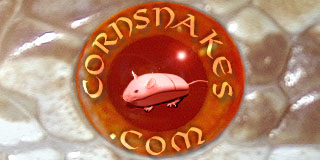Tula_Montage
It's Jager time!
Is it worth it? What are the chances of breeding two normals together that have 5 identicle hets and producing a corn thats homo all 5 traits? Are there usually more normals than morphs or more double homo morphs than anything else? I understand it's entirley luck of the draw...
Anyone got any quad or quint het breeding experiences to share?
Anyone got any quad or quint het breeding experiences to share?
